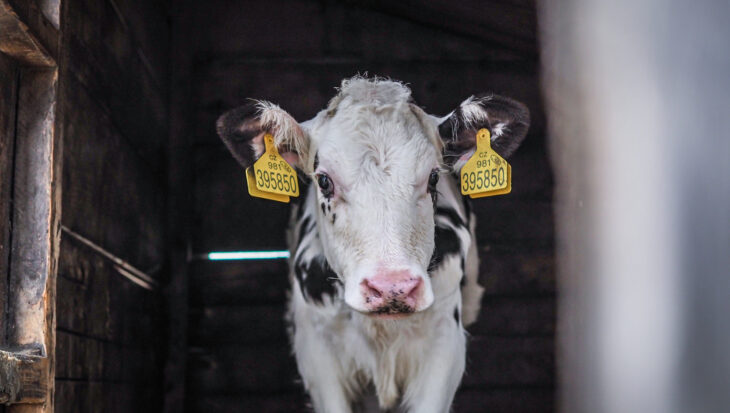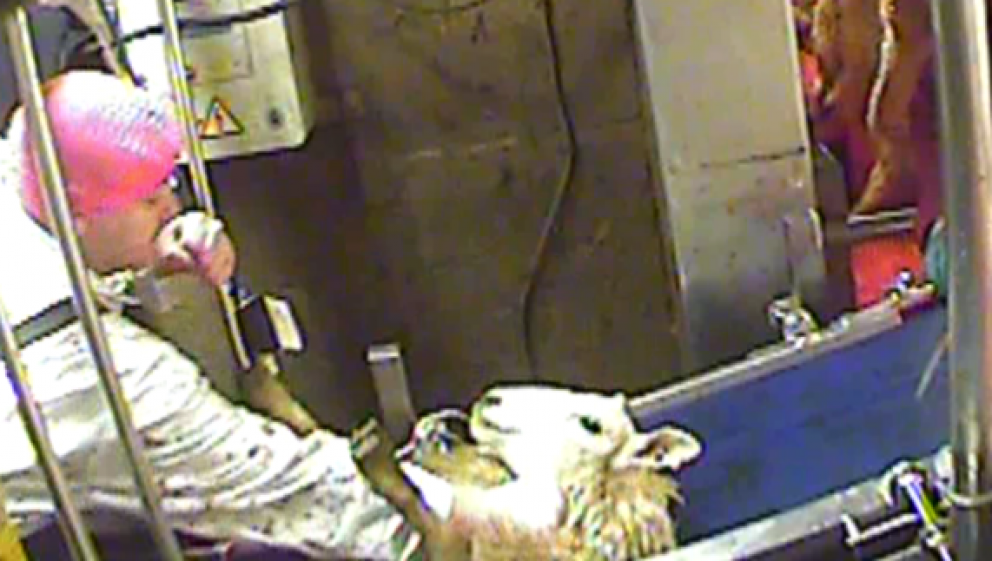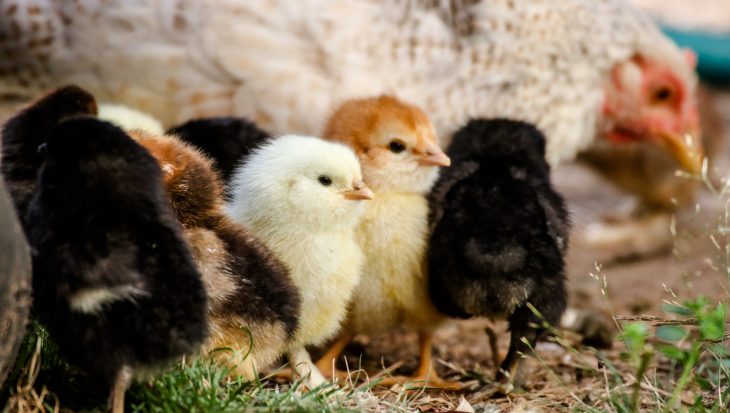The government is inviting interested parties to submit their responses to the consultation, which Animal Aid has done, and which you can do, too!
Anyone may respond to this consultation, you do not need to be resident in Scotland.
About the government’s proposals
The plans set out by the government are encouraging, but there is one key area where we would like to see improvement – provision for a proper system of independent monitoring of the footage. We are also asking respondents to support the rest of the proposals to ensure that the industry does not get them watered down. We know it will try.
About the consultation
The consultation itself is simple and brief. There are just nine questions relating to the subject, and many – including ‘Should there be mandatory CCTV recording in all approved slaughterhouses in areas where live animals are present?’ – have Yes / No answers.
How you can help
Since duplicate responses may not count individually, we haven’t produced text you can simply send, but we have provided some information that you can use to guide your responses.
Within the consultation feedback process, it is possible to attach links to reports. We would suggest that you may like to include the following: Britain’s Failing Slaughterhouses
A report on CCTV monitoring, from independent experts headed by Sheffield Hallam University Professor Ian Rotherham. Here is the link to copy: https://www.animalaid.org.uk/slaughterhousereport
You can complete the consultation here: http://www.gov.scot/Publications/2018/03/7422/352134


